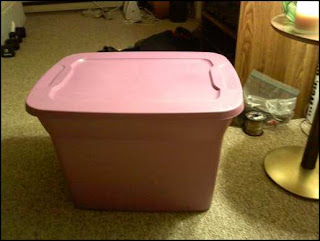Unless you pay for the services of The South Side Landfill,
the Harding Street Incinerator
is the only option for municipal solid waste removal for the city of Indianapolis. Also known as The Indianapolis Resource Recovery Facility, the incinerator is managed by Covanta Indianapolis, Inc. As one of the largest incinerators in the nation, the facility processes 2,175 tons of solid waste per day, which in turn produces 4,500 pounds of steam. Citizens Thermal Energy (CTE) purchases around 70 percent of the steam to power 40 percent of the downtown heating loop. The heating loop is made up of almost all of downtown Indy’s businesses and institutions, including IUPUI and Eli Lilly (Covanta Energy 2012).
It is understandable that Indianapolis-Marion County would support this form of waste management given its win-win, short-term benefits of ridding almost all citywide waste and ostensibly powering its urban center with “renewable energy.” Unfortunately, that steam energy is not renewable in the traditional sense. It might lessen the city’s dependence on fossil fuels to provide electricity to the downtown area, though incineration is accompanied by its own set of harmful emissions: carbon monoxide, sulfur and nitrogen dioxides, dioxin, and metal. Its operations even produce CO2 emissions. The copious amounts of ash residue that is produced by these facilities still end up in landfills. Incineration or the euphemized “recovery” of energy is a seemingly better choice than completely fostering landfills, but it is evil (to sustainability) nonetheless.
Indianapolis currently does not have a sustainable countywide waste management system for municipal solid waste. Residents who opt out of composting at home throw food scraps and other biodegradable matter into the garbage and is burned on the side of State Road 37. While the Office of Sustainability
only promotes non-mandated curbside recycling
and periodic toxic product drop-off services
and the Indiana Department of Environmental Management (IDEM)
lawfully prohibits throwing away yard waste, there is no municipal or state effort to promote the broader possibilities of composting.
Considering that waste management is largely a municipal function, could it be that a publicly sponsored composting effort would counter the interests of Covanta Indianapolis, Inc. and the entire downtown region? Or is the city just behind the times of sustainable waste management? It is likely that the city could fall under both categories given that general recycling is not publicly mandated. If Indianapolis-Marion County adopted a policy similar to Bloomington’s recycling ordinance
or Ann Arbor’s compost curbside pickup,
it would likely lessen the amount of waste needed to produce adequate electricity for downtown.
The video below gives a snapshot of how the facility operates and the supposed benefits of trash incineration:
Indianapolis is missing out on an opportunity to better the city’s air and natural environment by implementing some of the recycling and composting regulatory tools outlined by Roseland. Many European cities that previously depended on incinerators to manage waste have chose to instead invest in new recycling and composting facilities. Perhaps Indianapolis might someday find a window of opportunity to close the expensive incinerator and rather provide city sponsored curbside recycling and composting? Recycling has been proved to be three to six times more energy efficient than incineration (Girardet 1999). Composting makes use of what many regard as waste. Both of these efforts can narrow the cycle of production and consumption. The questions are whether the city is willing to make the decision, and whether an alliance of citizens is willing to demand it.
Lyle, John T. (1994). Waste as a Resource. Regenerative Design for Sustainable Development.
Girardet, Herbert. (1999). The Metabolism of Cities. Creating Sustainable Cities.
http://www.covantaenergy.com/facilities/facility-by-location/indianapolis/about.aspx











